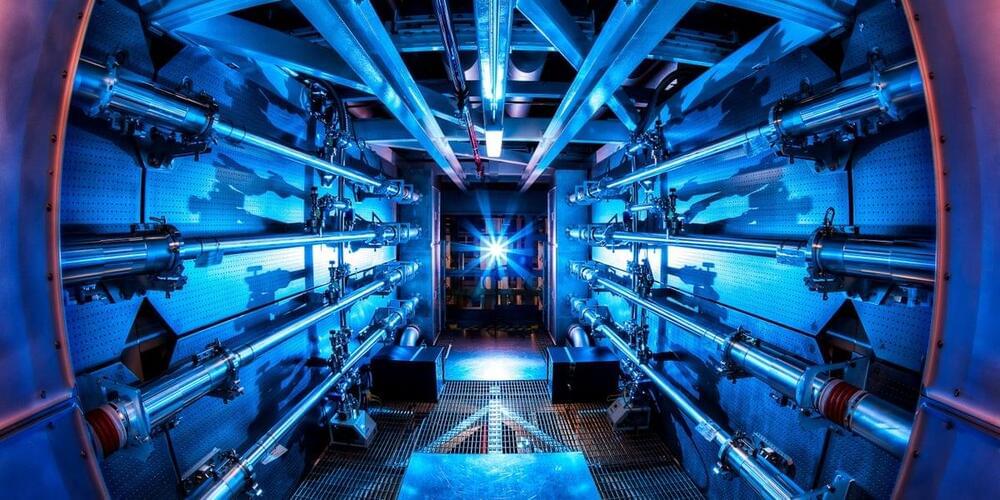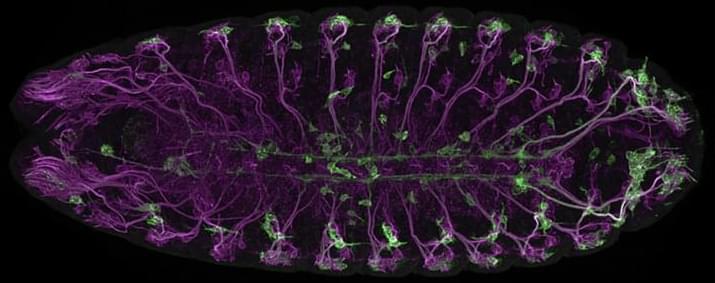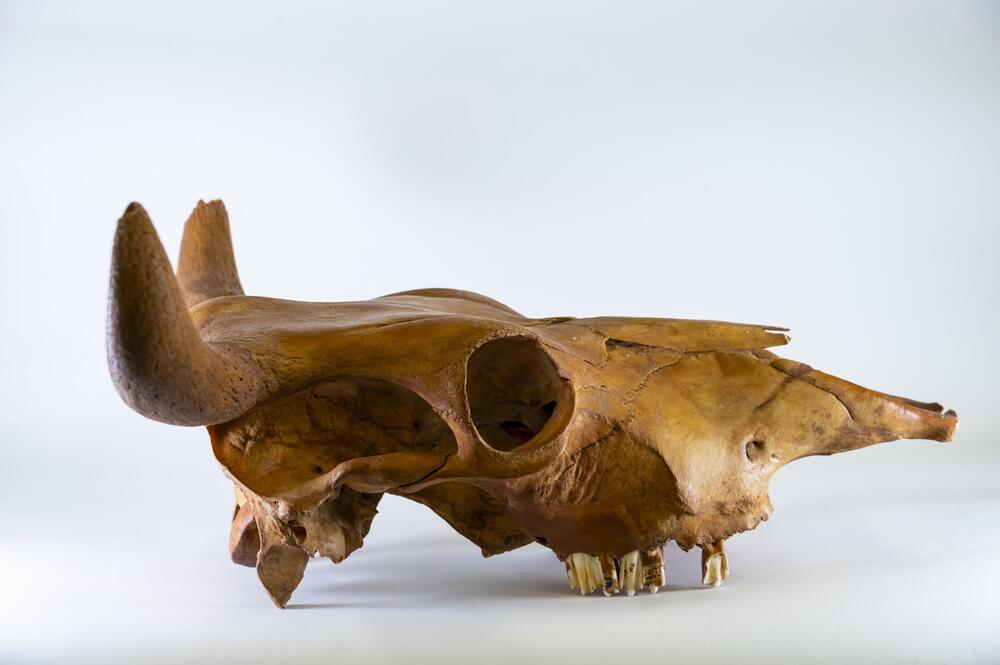Zach Kirkhorn’s replacement, Delhi-trained accountant Vaibhav Taneja, has kept a low profile since joining Tesla in 2016—a very low profile.



Expand your scientific horizon with Brilliant! First 200 to use our link https://brilliant.org/sabine will get 20% off the annual premium subscription.
Today I have an update on the reproduction efforts for the supposed room temperature superconductor, LK 99, the first images from the Euclid mission, more trouble with Starlink satellites, first results from a new simulation for cosmological structure formation, how to steer drops with ultrasound, bacteria that make plastic, an improvement for wireless power transfer, better earthquake warnings, an attempt to predict war, and of course the telephone will ring.
Here is the link to the overview on the LK99 reproduction experiments that I mentioned: https://urlis.net/vesb75fq.
💌 Support us on Donatebox ➜ https://donorbox.org/swtg.
🤓 Transcripts and written news on Substack ➜ https://sciencewtg.substack.com/
👉 Transcript with links to references on Patreon ➜ https://www.patreon.com/Sabine.
📩 Sign up for my weekly science newsletter. It’s free! ➜ https://sabinehossenfelder.com/newsletter/
👂 Now also on Spotify ➜ https://open.spotify.com/show/0MkNfXlKnMPEUMEeKQYmYC
🔗 Join this channel to get access to perks ➜
https://www.youtube.com/channel/UC1yNl2E66ZzKApQdRuTQ4tw/join.
🖼️ On instagram ➜ https://www.instagram.com/sciencewtg/
00:00 Intro.
00:39 LK99 Superconductor Update.
03:03 First Images from Euclid Mission.
04:19 Starlink Satellites Leak Radiowaves.
06:13 New Cosmological Structure Formation Simulation.
08:27 An Ultrasound Platform to Levitate and Steer Drops.
09:43 Bacteria That Make Recyclable Plastic.
11:02 Better Wireless Power Transfer.
13:02 A New Earthquake Precursor.
14:34 War Predictions.
16:00 Learn Science With Brilliant.
#science #sciencenews
US scientists have achieved net energy gain in a nuclear fusion reaction for the second time since a historic breakthrough in December last year in the quest to find a near-limitless, safe and clean source of energy.
Scientists at the California-based Lawrence Livermore National Laboratory repeated the breakthrough in an experiment in the National Ignition Facility (NIF) on 30 July that produced a higher energy yield than in December, a Lawrence Livermore spokesperson said.

For many people, they are tiny pests. These fruit flies that sometimes hover over a bowl of peaches or a bunch of bananas. But for a dedicated community of researchers, fruit flies are an excellent model organism and source of information into how neurons self-organize during the insect’s early development and form a complex, fully functioning nervous system.
That’s the scientific story on display in this beautiful image of a larval fruit fly’s developing nervous system. Its subtext is: fundamental discoveries in the fruit fly, known in textbooks as Drosophila melanogaster, provide basic clues into the development and repair of the human nervous system. That’s because humans and fruit flies, though very distantly related through the millennia, still share many genes involved in their growth and development. In fact, 60 percent of the Drosophila genome is identical to ours.
Once hatched, as shown in this image, a larval fly uses neurons (magenta) to sense its environment. These include neurons that sense the way its body presses against the surrounding terrain, as needed to coordinate the movements of its segmented body parts and crawl in all directions.

Cattle may seem like uniquely American animals, steeped in the lore of cowboys, cattle drives and sprawling ranches. But cattle didn’t exist on the American continents prior to the arrival of the Spanish, who brought livestock with them from Europe by way of the Canary Islands.
In a new study, researchers analyzed ancient DNA from Spanish settlements in the Caribbean and Mexico. Their results indicate cattle were also imported from Africa early in the process of colonization, more than 100 years before their arrival was officially documented.
Records kept by Portuguese and Spanish colonists reference breeds from the Andalusian region of Spain but make no mention of transporting cattle from Africa. Some historians have interpreted this omission to mean that the first wave of colonists relied entirely on a small stock of European cattle initially shipped to the Caribbean Islands.

For the first time ever, research scientists at the Massachusetts Institute of Technology (MIT) with the Institute for Soldier Technologies have demonstrated a level of control over the phenomenon known as quantum randomness.
If perfected, controlling quantum randomness could lead to a number of scientific breakthroughs, including the ability to perform previously impossible probabilistic quantum computing and advanced field sensing technologies.
Are Vacuum Fluctuations in the Quantum World Uncontrollable?

Study reveals an important discovery in the realm of nanomachines within living systems. Prof. Sason Shaik from the Hebrew University of Jerusalem and Dr. Kshatresh Dutta Dubey from Shiv Nadar University, conducted molecular-dynamics simulations of Cytochromes P450 (CYP450s) enzymes, revealing that these enzymes exhibit unique soft-robotic properties.
Cytochromes P450 (CYP450s) are enzymes found in living organisms and play a crucial role in various biological processes, particularly in the metabolism of drugs and xenobiotics. The researchers’ simulations demonstrated that CYP450s possess a fourth dimension — the ability to sense and respond to stimuli, making them soft-robot nanomachines in “living matters.”
In the catalytic cycle of these enzymes, a molecule called a substrate binds to the enzyme. This leads to a process called oxidation. The enzyme’s structure has a confined space that allows it to act like as a sensor and a soft robot. It interacts with the substrate using weak interactions, like soft impacts. These interactions transfer energy, causing parts of the enzyme and the molecules inside it to move. This movement generates ultimately a special substance called oxoiron species, which serves the enzyme to oxidize a variety of different substances.